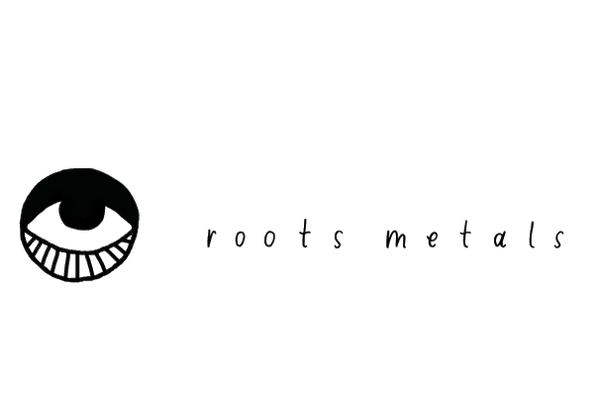
THE SUDRA
The sudra is a traditional Jewish headdress with a history dating back thousands of years to the Biblical period and ancient Mesopotamia. It was worn like a turban or a headscarf and was of great spiritual importance at various points throughout history; for example, it’s mentioned directly in the Babylonian Talmud (written between the years 500-700). There are also some likely references to it in the Tanakh, such as in Exodus and the Book of Ruth.
CUSTOMS
Beyond spiritual significance, the Babylonian Talmud describes how it is customary to let another man hold one’s sudra as a gesture of trust during a monetary transaction.
In the Shulchan Aruch, there is an exemption for the sudra regarding the use of tzitzit. Even though the sudra is a four-cornered garment, tzitzit aren’t required.
Among Sepharadim, the sudra was worn over the shoulders like a scarf, while Ashkenazim wore it “coiled round the body like an Egyptian snake” or like the “kaftanis of the Tatars” when worn on the head. In fact, the sudra is likely the predecessor of the shtreimel (the fur hat worn by some Ashkenazi Jewish men), as Ashkenazi Jews in Europe eventually replaced the scarf with more weather-appropriate fur.
SUDRA IS OUTLAWED
With the expansion of the Arab and Islamic empires starting in 632 CE, Jews became “dhimmis,” relegated to second class citizenship and a whole host of prohibitions. Among those prohibitions was the use of the sudra. For example, in Yemen in 1667, the Jewish sudra was banned, likely to humiliate the Jewish community by forcing them to place regular clothes on their heads. The Jewish community bribed some government officials to reverse the decision. Ultimately a deal was struck where Jews were permitted to wear the sudra so long as it was made of bad quality cloth.
As the Arab keffiyeh became associated with Arab Muslims of high status, Arab rulers once again instituted prohibitions on the Jewish sudra because it was too similar to the keffiyeh.
DECLINE AMONG ASHKENAZIM
Jews in Europe still used the traditional sudra well into the 16th century, some 1500 years after their exile from Judea (Israel-Palestine today). In the Shulchan Aruch, Rabbi Moses Isserles specifically mentioned the significance of the sudra among Ashkenazim.
In the Middle Ages, the use of turbans such as sudras were outlawed in Europe, resulting in the gradual decline of the sudra among Ashkenazi Jewry. Eventually the sudra evolved into other forms of “legal” and weather-appropriate dress, such as the shtreimel, as discussed previously.
DECOLONIZATION OR APPROPRIATION?
Among other things decolonization is the process of removing the layers of oppressive foreign imperial and colonial influence imposed upon one’s culture. As discussed, Jews have worn the sudra since ancient times, dating back thousands of years. The garment came into disuse due to the oppressive laws of powerful empires, both in Southwest Asia/North Africa and among Jews in Europe. Reclaiming the sudra, which also happens to be of great spiritual significance, is an act of decolonization.
The keffiyeh, which uses a similar pattern, became a symbol of Palestinian nationalism and resistance in the 1930s (after longtime use among Palestinian farmers and others in Arab nations). Kurds, Persians, Yazidis, and other Indigenous Southwest Asian groups also traditionally use keffiyehs. In fact, the keffiyeh and the sudra likely have the same origin; that said, the sudra predates the keffiyeh by hundreds of years.
The Jewish reclamation of the sudra should not be weaponized to harm Palestinians. That said, claiming that Jews are “appropriating” keffiyehs while using the sudra is absurd, seeing as the sudra not only came before the keffiyeh, but is also a garment of spiritual significance for Jews that was still used relatively recently in the scope of Jewish history. Ultimately, we have to remember that Jews and Palestinians are historic, cultural, and ethnic cousins, and, as such, some parts of our cultures will overlap.
For a full bibliography of my sources, please head over to my Patreon.
